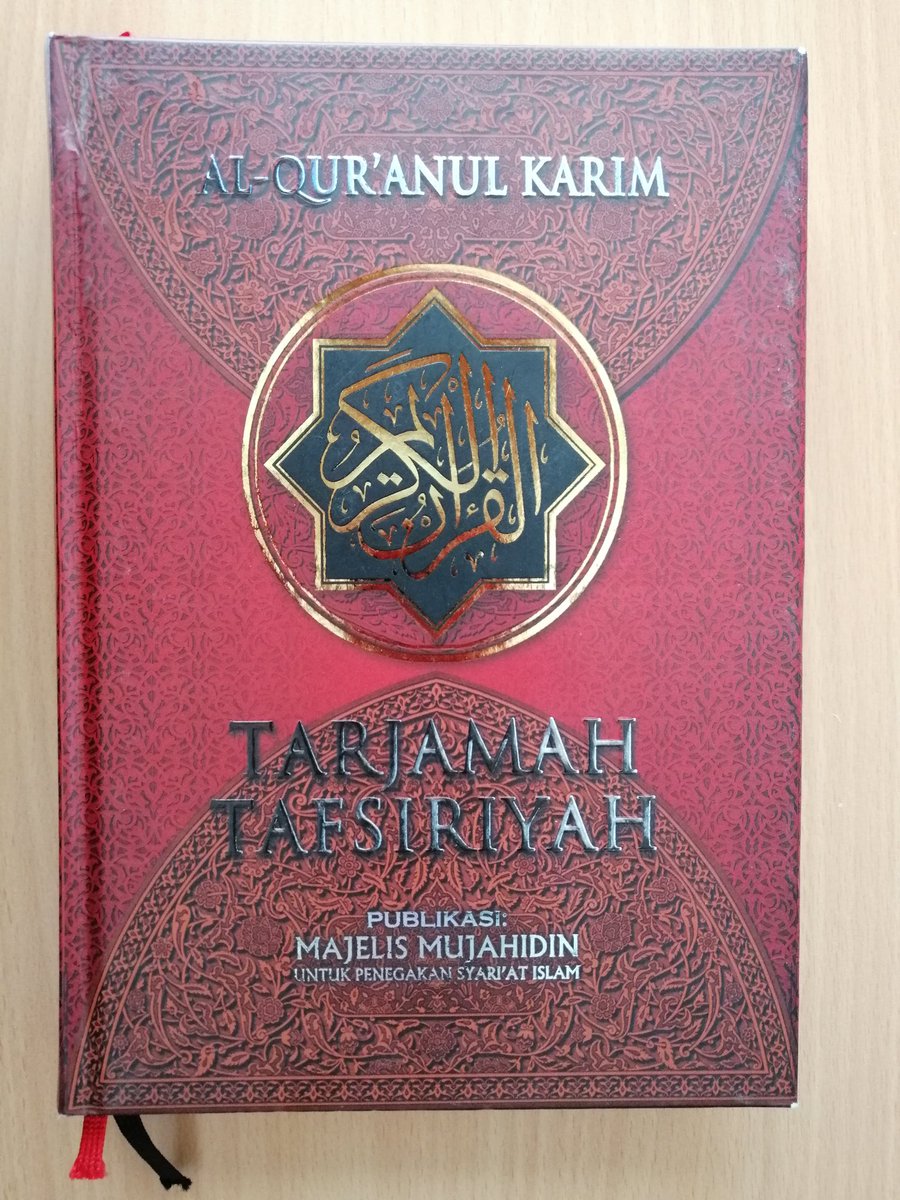
What are the qualifications for someone aiming to translate the Qur’an? The debates around these issues surrounded the Russian Qur’an translation by Dr. Magomed-Nuri Osmanov (1924-2015).
#qurantranslationoftheweek 🌏🇷🇺
#qurantranslationoftheweek 🌏🇷🇺

Osmanov’s work is a continuation of the Russian academic tradition of making Muslim scripture accessible to the vast Russian-speaking audience. Although specialized in the Persian language, Osmanov was also fluent in Arabic.
He was able to produce an accessible and popular translation that appeared in three editions (1995, 1999, 2007). As a translator, Osmanov combined two significant features… 

First, as a graduate of Moscow State University, he was in line with the Soviet school of Orientalism. Second, his Muslim name and Dagestani origin added some additional weight to his authority.
These factors contributed to the popularity of his work upon publication. It was popular among the general public, positively acknowledged in Russian academic circles, and even led Osmanov to be awarded the Russian Federation National Award in 2002.
The translation’s reception nevertheless included some controversy. It was harshly criticized by influential religious authorities in Osmanov’s native region: the Spiritual Administration of Muslims of Dagestan (SAMD).
SAMD criticized Osmanov for lacking in traditional education, strengthening the binary of authentic Islamic learning vs. academic learning; this fixed the controversy in the discourse of lay Muslims of Russia for many years after.
Some prominent representatives of SAMD further criticized not only the particular interpretive choices of the translator that contradicted the doctrinal vision of SAMD, but listed multiple criteria for anyone who would dare to translate the Qur’an.
The criteria went far beyond just knowledge of Arabic and related linguistic sciences, but included such qualities as “proper” ʿaqīda, piety, knowledge of the natural sciences, divinely-inspired knowledge (ʿilm ladunnī) and others.
While Osmanov objected to these critiques, his third edition nevertheless acquired significant changes in light of these tensions. Osmanov partially tried to resolve the anthropomorphic depictions of God, as he explained in the preface, “to their minimum”. 

Osmanov perceived his work as a continuation of the achievements of his academic predecessors, something apparent from the frequent references in the footnotes to I. Krachkovsky (1883-1951) and his commentaries.
However, what distinguishes Osmanov significantly is the fact that he engaged with a vast range of religious sources. He used tafsīrs in both Arabic and Persian, classical and modern, along with translations into various European languages.
Osmanov did not focus on one specific branch of Muslim tradition, such as Sunni or Shi’i, but took a “multidimensional” approach that transcended theological distinctions. One footnote may well contain a mixture of classical Sunni works and those of the ‘Modernist’ trend.
For instance, Osmanov refers often to the tafsīrs of al-Bayḍawī, Abū Ḥayyān al-Andalusī, and al-Jalālayn; but Rashīd Riḍā’s al-Manār and Muhammad Asad’s translation also make frequent appearances.
Among the variety of sources which Osmanov consulted are Shia (Imāmī) and even Ahmadi-Qadiyani works (albeit the latter omitted in the third edition), making his sources total 47.
It is possible to notice a gradual shift in Osmanov’s translational objectives. The early editions were purported to fill the gap in the science, making the translation useful for both academics and the general public interested in Islam.
The third edition acquires a more confessional tone: the translator states at first that the work “is addressed to believers” and only thereafter to anyone else interested in Islam.
He also adds a cautionary note about Muslims’ rituals requirement to use Arabic, not a translation. Furthermore, Osmanov mentions his critical attitude towards various existing translations which lead to “inadequate understanding”.
Nevertheless, while Osmanov states that his translation aims to reach a religious audience, it is significant that he did not see it as problematic to refer to and cite sources contesting the authenticity of some Qur’anic verses.
For some disputed terms such as “istawā”, he offers a wide range of opinions without giving a particular preference, thus leaving it to the reader to decide without taking a role of ‘explicit religious authority’.
While his language is simple and easy to read, Osmanov still utilized some archaic and Church Slavonic words, such as lud, dlan, and slovesa – perhaps to increase its appeal among some audiences.
Sometimes his choices are far from the established conventions in the Russian language, such as tvorit’ molitvu (aqīmū al-ṣalāh) or vozdvigali dlya nih poslannikov (arsalnā ilayhim rusulan).
Osmanov did not see his work as complete and he was working on the next edition when he passed away in August 2015 at the age of 91. His personal archive still needs additional study.
His translation should be seen not only as an important intellectual contribution in its own right, but as also as a piece of the puzzle to understand the dynamics of Russian polemical discourse over Qur’an translations.
#qurantranslationoftheweek 🌏
~EK~
#qurantranslationoftheweek 🌏
~EK~
• • •
Missing some Tweet in this thread? You can try to
force a refresh








